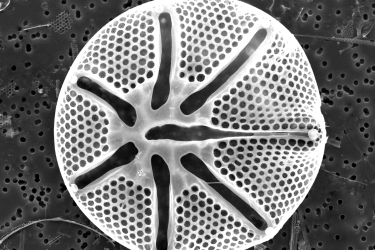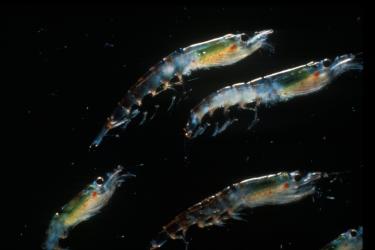We left San Francisco Bay to foggy skies and barely a glimpse of the Golden Gate Bridge as the foghorn bode us farewell and calm seas on our NCC Ecosystem Survey.
The transit to Trinidad was a little rough, but the seas have calmed now and all are feeling much better.
We were seeing large (18 cm) pyrosomes coming up on the plankton net frames off Crescent City, and the nets were filled with small (5 cm) pyrosomes at the most offshore station on that transect (150 miles offshore).
Pyrosomes are generally associated with warm and oligotrophic ocean conditions, and they were abundant along the Newport Line during and following the marine heatwave in 2015 – 16. Since 2016, they have also been present in small numbers during some winters- likely advected into our region from southern locales where they have remained abundant since the marine heatwave.
However, it seems we are seeing mixed signals off the southern Oregon coast, because Calanus copepods were very abundant along the Rogue River Line, the transect just north of Crescent City. The Calanus were a mix of the two common species that have northern (C. marshallae) and southern (C. pacificus) water mass affinities.
The abundance of the two species of Calanus, along with the pyrosomes, might indicate that the summer upwelling season has not fully developed. It will be exciting to see what we find as we move farther north.





